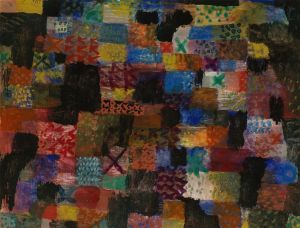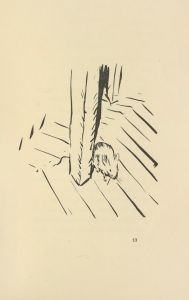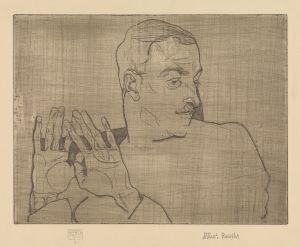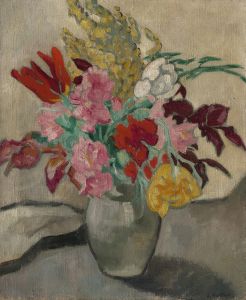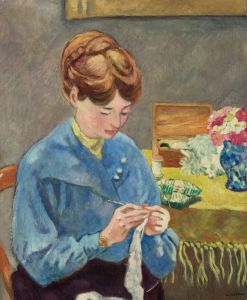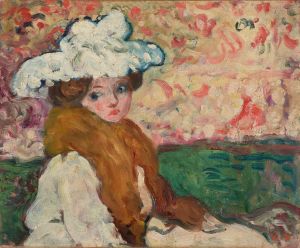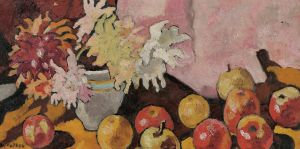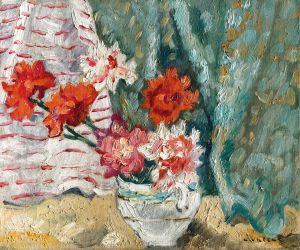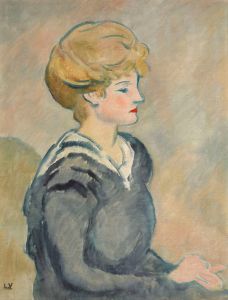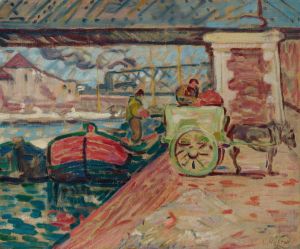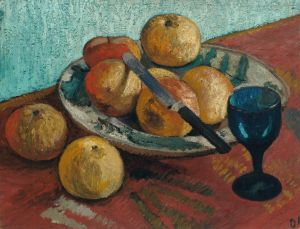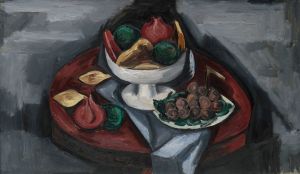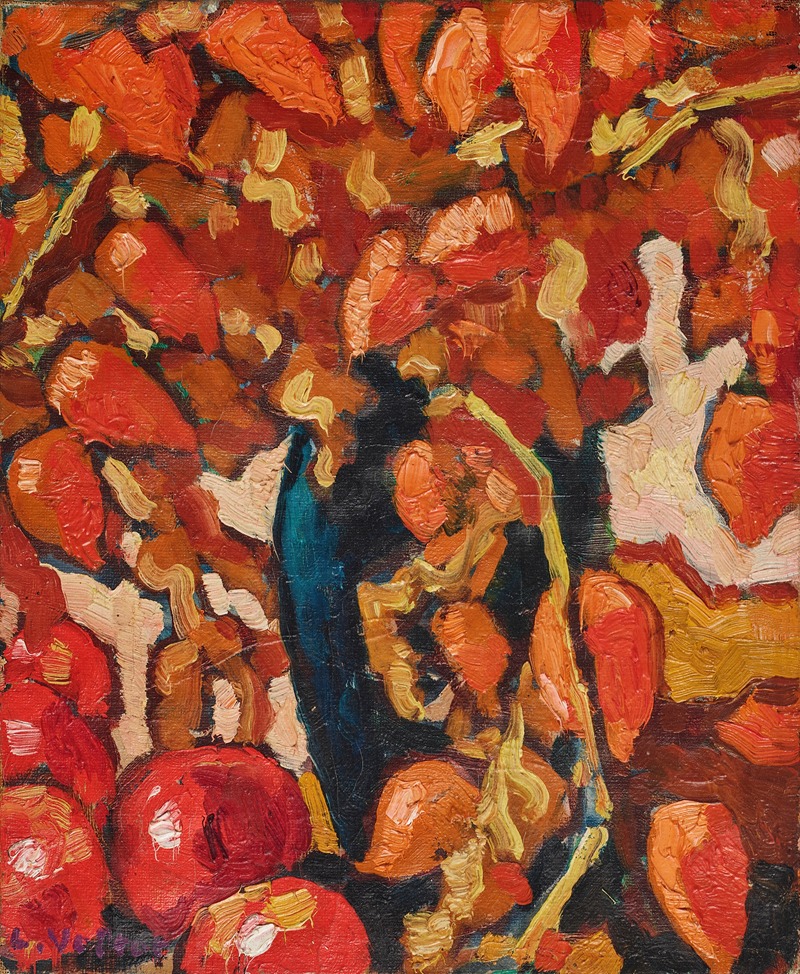
Physallis et pommes
A hand-painted replica of Louis Valtat’s masterpiece Physallis et pommes, meticulously crafted by professional artists to capture the true essence of the original. Each piece is created with museum-quality canvas and rare mineral pigments, carefully painted by experienced artists with delicate brushstrokes and rich, layered colors to perfectly recreate the texture of the original artwork. Unlike machine-printed reproductions, this hand-painted version brings the painting to life, infused with the artist’s emotions and skill in every stroke. Whether for personal collection or home decoration, it instantly elevates the artistic atmosphere of any space.
Louis Valtat (1869–1952) was a French painter associated with the Fauvist movement, known for his vibrant use of color and expressive brushwork. One of his notable works is "Physallis et pommes," which translates to "Physalis and Apples." This painting exemplifies Valtat's interest in still life compositions, a genre he frequently explored throughout his career.
Valtat was born in Dieppe, France, and studied at the École des Beaux-Arts and the Académie Julian in Paris. His early work was influenced by Impressionism, but he gradually developed a distinctive style characterized by bold colors and simplified forms, which aligned him with the Fauvist movement. The Fauvists, including artists like Henri Matisse and André Derain, were known for their radical use of color and a desire to express emotion through their art.
"Physallis et pommes" is a still life painting that showcases Valtat's mature style. The painting features a composition of physalis, also known as ground cherries or cape gooseberries, alongside apples. Valtat's choice of subject matter reflects a common theme in still life painting: the depiction of everyday objects in a way that elevates them to a subject of artistic inquiry. The physalis, with their delicate, papery husks, and the apples, with their smooth, rounded forms, provide a contrast in texture and form that Valtat captures with his characteristic brushwork.
The use of color in "Physallis et pommes" is particularly noteworthy. Valtat employs a vibrant palette, using rich reds, oranges, and greens to bring the composition to life. This use of color is typical of Fauvism, where color was used not just to represent reality but to convey emotion and create a sense of harmony within the painting. The bold colors in "Physallis et pommes" draw the viewer's eye and create a dynamic interplay between the different elements of the composition.
Valtat's brushwork in the painting is expressive and fluid, contributing to the overall sense of movement and vitality. The way he applies paint to the canvas suggests a spontaneity and immediacy, capturing the essence of the objects rather than focusing on minute details. This approach aligns with the Fauvist emphasis on personal expression and the artist's emotional response to the subject.
"Physallis et pommes" is a testament to Valtat's skill as a colorist and his ability to transform ordinary objects into subjects of beauty and interest. The painting reflects his commitment to exploring the possibilities of color and form, and his contribution to the development of modern art in the early 20th century. While Valtat may not be as widely known as some of his contemporaries, his work remains an important part of the Fauvist movement and continues to be appreciated for its vibrant energy and innovative use of color.





